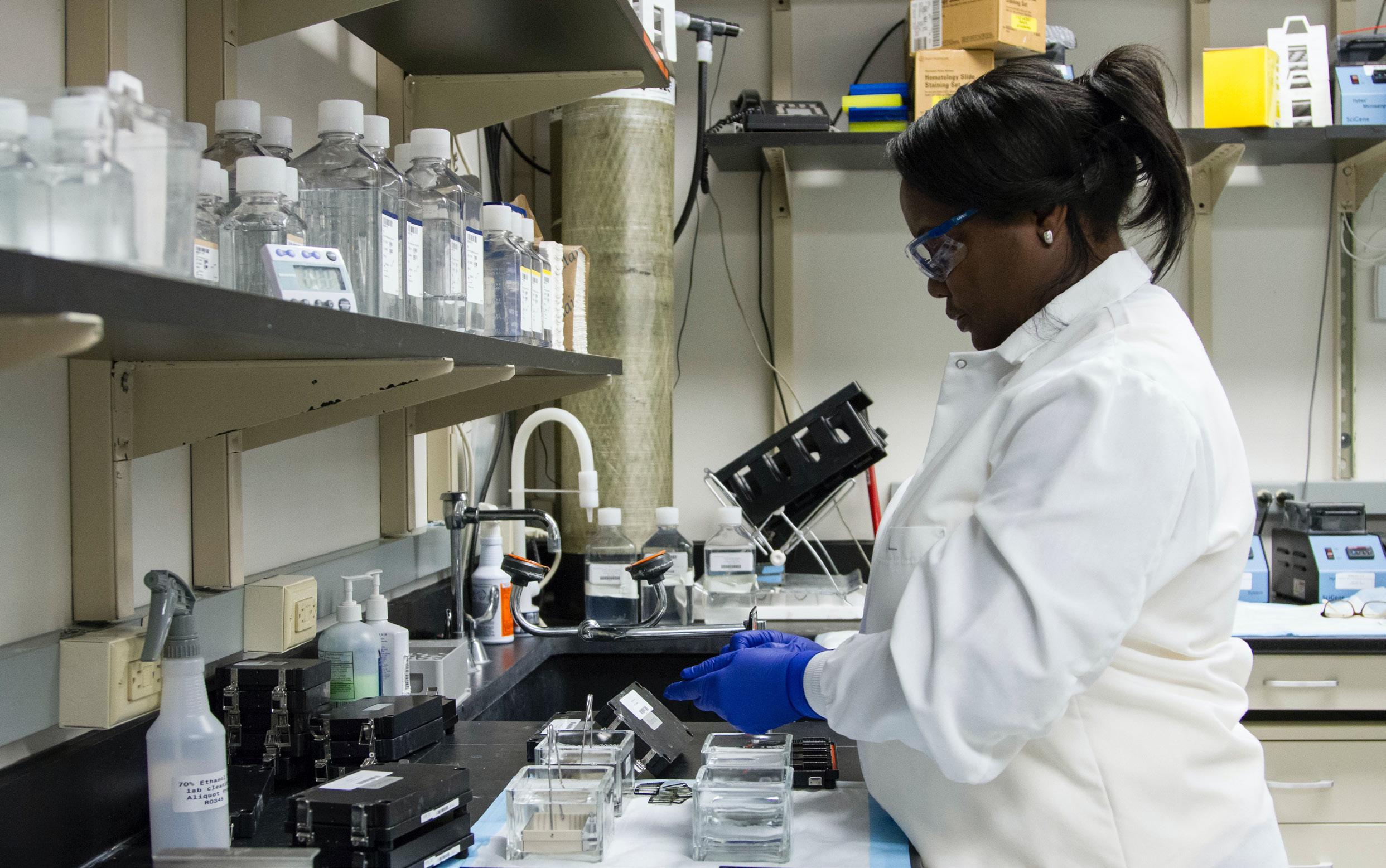
2 minute read
4. Conclusion and policy recommendations
The discussion in this paper has argued that developing a regional pharmaceutical industry in Africa is fundamental to increasing access to affordable, efficacious, essential medicines; making pharmaceutical supplies more reliable; enhancing local price competition; tackling distinctive local and regional diseases; and making it easier for drug control administration to ensure quality (Chaudhuri et al, 2010). The evidence suggests that the high and growing disease burden in Africa is creating a surge in demand for medicines. Several studies discussed in the paper argue that this represents a significant industrialisation opportunity, if competitive RVCs can be developed. Yet, RVCs in Africa are poorly exploited, although they could serve as a step towards industrial transformation and competitive global integration.
The promulgation of the AfCFTA, however, allows for a positive outlook on the possible evolution of competitive regional pharmaceutical value chains. The free trade area builds economies of scale by creating a market of 1.3 billion people with a potential Gross Domestic Product (GDP) of US$2.5 trillion across the 55 member states of the AU. Stated differently, the AfCFTA-anchored African single market creates conditions for significant investment in pharmaceutical manufacturing across the continent. But beyond economies of scale, the AfCFTA presents an opportunity to revisit and overcome the continent’s non-tariff barriers (NTBs) and other constraints discussed in this paper, to boost local pharmaceutical production. Specifically, the AfCFTA can be leveraged to accelerate the implementation of the Pharmaceutical Manufacturing Plan for Africa (PMPA) and establishment of the African Medicine Agency (AMA) with a special focus on improving regulatory capacity and pursuing convergence and harmonisation of pharmaceutical regulation on the continent.
Realising the boom that the AfCFTA promises to Africa’s pharmaceutical industry, however, would require putting the pharmaceutical industry at the centre stage of both the AfCFTA agreement and its implementation. Member states will need to identify the pharmaceutical industry as a priority industry for industrialisation and the creation of a regional value chain across the continent. This will require consultations and engagement between the main stakeholders, including the national governments, local private sector, trade unions and foreign investors. Tariff liberalisation commitments in the AfCFTA will need to be tailored to support the building of a regional industry. Rules of Origin (RoO) will need to be appropriately designed to support localisation and avoid transhipment. Customs regulations will also need to be well managed to prevent the import of low quality and counterfeit medicines. Intellectual property rights policies, laws and institutions must support local innovation, research and development, and harmonisation across the African region.
Ultimately, trade policy measures would be effective only if they are supported by domestic industrial policy measures including supply-side policy instruments, business and labour regulations, and provision of appropriate incentives to local pharmaceutical manufacturing firms at the national level. Additional support from development finance institutions such as AFREXIMBANK and the African Development Bank would help provide an additional impetus. Other African institutions such as the AUC, the AfCFTA Secretariat and UNECA can play important roles in coordinating efforts and guiding appropriate specialisation strategies based on comparative advantage. Platforms for policy discussions and active engagement with the private sector are important both at the national and regional levels. The AfCFTA Secretariat could facilitate the creation of such a regional industrial development platform for dialogue, knowledge sharing and building of partnerships between the different stakeholders.





